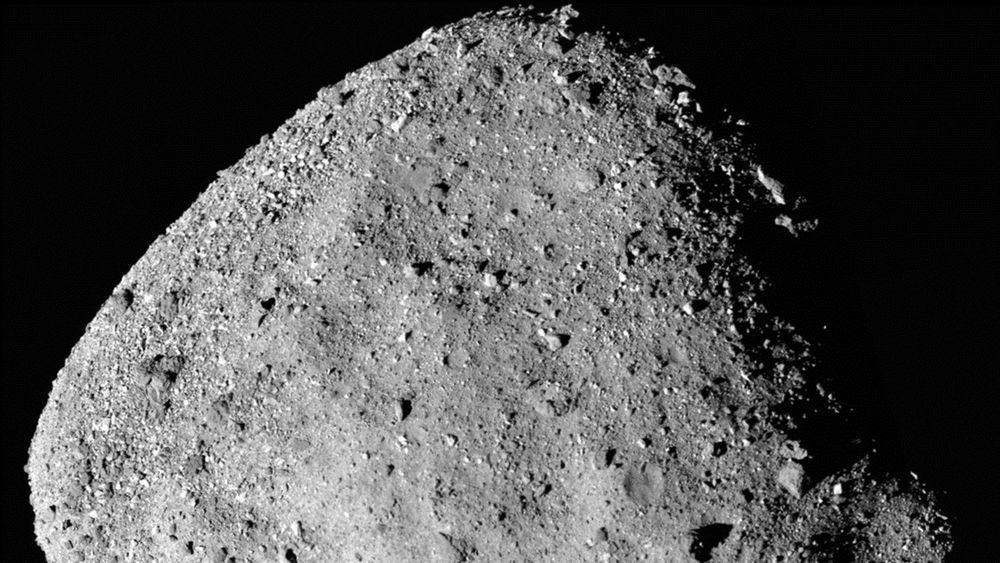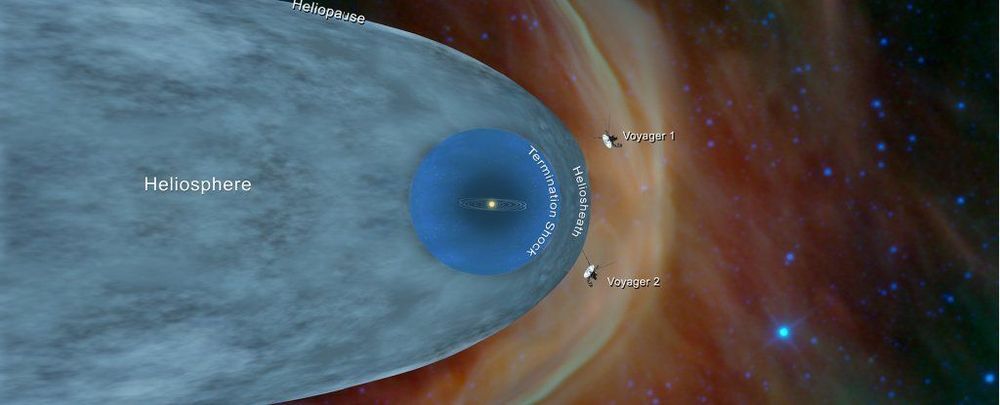In this vision of the future, commercial tourists can hop on board a craft and explore suborbital space.




Astronomers at the University of Iowa have determined our galaxy is surrounded by a clumpy halo of hot gases that is continually being supplied with material ejected by birthing or dying stars. The halo also may be where matter unaccounted for since the birth of the universe may reside. Photo courtesy of Christien Nielsen/Unsplash.

Our Interstellar Boundary Explorer launched to space 12 years ago today!
IBEX studies our solar system’s boundary to interstellar space by measuring particles that rocket back towards Earth from the edge of the heliosphere, the vast bubble generated by the Sun’s magnetic field that envelops all the planets. Scientists recently used an entire solar cycle’s worth of data to explore how this boundary changes throughout the Sun’s activity cycles. https://www.nasa.gov/feature/goddard/2020/nasa-ibex-charts-1…sphere-sun

A NIAC grant from NASA has allowed us to bring you this video describing the technology.

In November 2018, after an epic, 41-year voyage, Voyager 2 finally crossed the boundary that marked the limit of the Sun’s influence and entered interstellar space. But the little probe’s mission isn’t done yet — it’s now sending home information about the space beyond the Solar System.
And it’s revealing something surprising. As Voyager 2 moves farther and farther from the Sun, the density of space is increasing.
It’s not the first time this density increase has been detected. Voyager 1, which entered interstellar space in 2012, detected a similar density gradient at a separate location.


Keeping Calm
Over the last four years, the brightness of the other stars fluctuated wildly, whereas the Sun stayed relatively constant, according to research published Friday in the journal Science. In fact, the difference between the Sun’s brightest and dimmest moments is a fifth the size of other stars.
“We wanted to see if the Sun is somehow different,” Max Planck Institute researcher Timo Reinhold told Inverse. “People have claimed that it’s more quiet than other stars, while others have claimed that it’s similarly active so we wanted to really boil it down to this very solar-like sample that is very similar to the Sun.”
NASA is about to grab its first-ever taste of an asteroid. On 20 October, some 334 million kilometres from Earth, the agency’s OSIRIS-REx spacecraft will approach a dark-coloured, diamond-shaped asteroid named Bennu, with the aim of touching its surface for a few seconds — long enough to hoover up a collection of dust and pebbles. If successful, the spacecraft will then fly this carbon-rich rubble back to Earth, where scientists can probe it for clues to the history of the Solar System.
OSIRIS-REx spacecraft is about to execute a nail-biting manoeuvre to scoop up rock samples from the asteroid Bennu and send them back to Earth. OSIRIS-REx spacecraft is about to execute a nail-biting manoeuvre to scoop up rock samples and send them back to Earth.